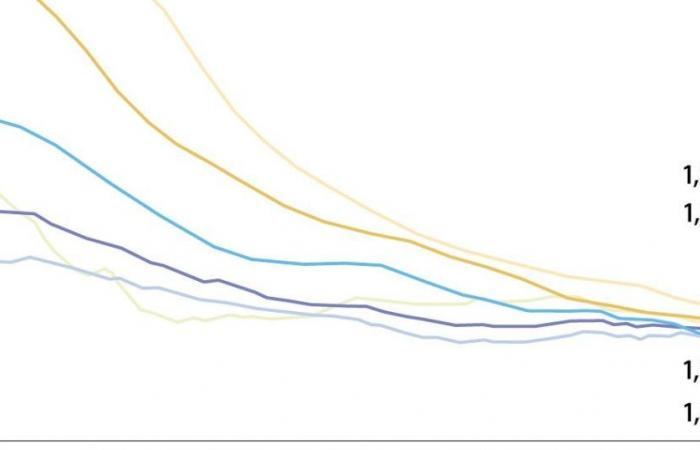The OECD revealed the latest demographic data, the report ‘A glance at society in 2024’ shows that The Total Fertility Rate, TFR, fell from 3.3 children per woman in 1960 to only 1.5 children per woman in 2022, on average in OECD countries.
Among the countries evaluated, the one with the lowest rate is South Korea with an estimate of 0.7 children per woman in 2023. Then there is Italy and Spain, with 1.2 children per woman in 2022. While Colombia is above the average with 1.7, but is still low for what I know qualifies as replacement level/rate, “2.1 children per woman necessary to keep the population constant in the absence of migration”, as defined by the OECD.
The countries that surpass Colombia are Mexico (1.8) and Israel (2.8), which in fact exceeds the replacement rate and is the country with the highest fertility rate.
In addition to OECD members, the organization also measured the rate of other countries. Among them is China as the one with the lowest rate (1.1), Peru (2.1), Brazil (1.6) and Argentina (1.8) appear in the region; all below the replacement rate. But there are others, like Israel, that exceed or are close to this rate, among them are India (2), Indonesia (2.1), South Africa (2.3) and Saudi Arabia (2.4.)
The reasons behind the low numbers are the factors that influence the personal decision to have or not have children, including economic and financial security, the costs of raising children, social norms, personal and medical conditions, labor market conditions and the family policy environment.
In the case of the most recent generations, the OECD indicates that “young people find it more difficult to become financially independent and establish themselves in the labor and real estate markets; “Rising housing costs have been found to have a negative effect on TFR.”






